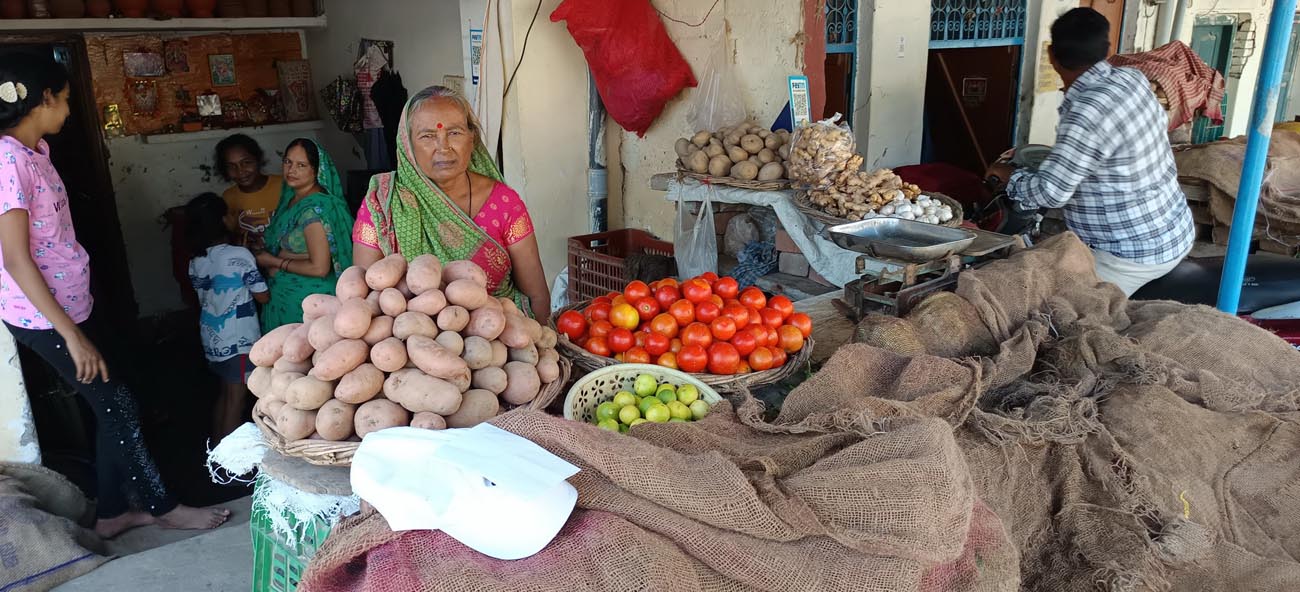
By Mihir R. Bhatt, AIDMI, India
AIDMI asked some of the extreme heat affected small businesses in cities and small farmers in rural areas in India about how any extreme heat project or programme must be evaluated. It took some time to explain what AIDMI meant by such evaluation and also what AIDMI team members were looking for. But it was not impossible to explain and get their minds racing, and ideas started coming out for the AIDMI team to capture, consolidate and cluster around three key themes: inclusion, democracy, and extinction.
The replies that AIDMI received from affected small businesses and small farmers are thought-provoking for those who design, develop, and evaluate extreme heat projects and programmes as well as for those who plan, manage, and conduct evaluations.
Firstly, several affected individuals in urban and rural settings informed the AIDMI team that extreme heat mitigation or adaptation projects must be evaluated for how they have addressed the inequality of cooling measures that are being taken. The ongoing cooling measures underline and reinforce the inequality and in many cases make those protected from extreme heat more protected and those exposed more vulnerable to extreme heat. For example, those who have air conditioners have more energy-efficient air conditioners but those who do not have air conditioners do not even get a fan or a canvas cloth for shade against the mid-summer heat glare. Similarly, those who have adequate cool drinking water more regularly, often even have fruit juice but those who do not have easily available drinking water, struggle to access water at home or on the street. So the evaluation process must evaluate to what degree and how the project or programme has included those who are excluded from the extreme heat cooling measures. AIDMI’s cooling work has found that women, casual labourers, migrants, minorities, and tribals are most often excluded from extreme heat-cooling measures. And this exclusion is system-wide.
Secondly, the evaluation must focus on how to make extreme heat governance more democratic throughout the project. That refers to what degree do the affected citizens have a direct say in planning, managing, evaluating, or financing cooling measures at the local level? What say do the street vendors have on the street shed set up? Who can decide the locations of cooling sheds for construction workers with the local authority? Why are those who lost income or assets not on the panels of extreme heat insurance authorities? Why are children not invited to plan the opening of their schools after a heated summer vacation? Each of these groups have the right to cooling measures. The evaluation must see to what degree the project has supported these citizens to be central to the project decisions.
Thirdly, the most important feedback was that any evaluation must measure the success of projects or programmes by how that project or programme has set in its cooling adaptation and mitigating process that is faster than the pace at which extreme heat is accelerating. Any cooling project or programme, must overtake the global heating rate.
These are the three key demands from the affected population of small businesses in cities and small farmers in rural villages – inequality, democracy, and avoiding extinction. Evaluation can no longer focus on achievements of the objectives, targets, results of the project or a programme alone, because we all are rushing towards extinction much faster than we recognise.
Photo caption: An elderly woman in Varanasi sells vegetables facing the challenges faced by vulnerable workers due to extreme heat in 2024 summer. Photo: AIDMI.